The 2017 Honda Civic Type R will cost from £30,995 when it hits Honda forecourts this July.
The current front-drive Nurburgring lap record holder is also announced to cost from £299 a month on a three-year, 5.9% PCP deal. The GT version will cost £32,995 outright, and comes with a host of extras, including an upgraded sound system, LED front fog lights and Honda’s Connect system with sat-nav.
We've driven the new Honda Civic Type R - read the review here
PCP pricing for the GT will be confirmed upon launch, but Honda expects the sales split between Type R and Type R GT to be heavily in favour of the GT - 75% of Civic Type Rs bought in the UK will be GT-badged. The higher-spec model gets improved equipment over the standard car including blind Spot Information, dual-zone climate control, LED front fog lights, an improved stereo system and Garmin sat-nav.
Honda confirmed that pre-orders were received before the car was available to order, but didn't go so far as to reveal how many. Honda did say, however, that US customers will most likely get their hands on new Civic Type Rs first, as it's a larger market than the UK. It'll be the first time a Honda Type R car has been officially marketed in the US. First delivery dates are yet to be confirmed.
2017 Honda Civic Type R revealed
The new Honda Civic Type R hot hatch will strike the perfect balance between performance and comfort, according to project boss Hideki Kakinuma.
Talking about the all-new, tenth-generation Honda Civic-based hot hatch, Kakinuma said: “We are trying to balance two aspects. Some rivals focus on extreme performance and others are going in the comfort direction. We want to go right in the middle.”
The current Type R has been criticised for being too performance-focused, so this move is an acknowledgement that a more middle-of-the-road approach is needed in order to attract a broader audience, not least in the US, where the Type R will be sold for the first time.
Despite this intention, Kakinuma also confirmed that the new Type R will make an attempt on the Nürburgring Nordschleife front-wheel-drive lap record this spring.
A pre-production version of the previous-generation model held the Nürburgring record of 7min 49.21sec until last May, when Volkswagen ’s Golf GTI Clubsport S recorded a lap time 1.4sec faster. Honda subsequently responded by setting new front-wheel-drive lap records at five European racing circuits.
2017 Honda Civic Type R specs
The new Civic Type R features a revised version of the turbocharged 2.0-litre VTEC petrol engine used by the outgoing model. The flow rate of the exhaust gases has been increased and the ECU’s mapping has been updated which, Honda claims, improves throttle response and driveability at peak. Torque remains the same, with 295lb ft from 2500rpm to 4500rpm, but peak power is up by 10bhp to 316bhp at 6500rpm.

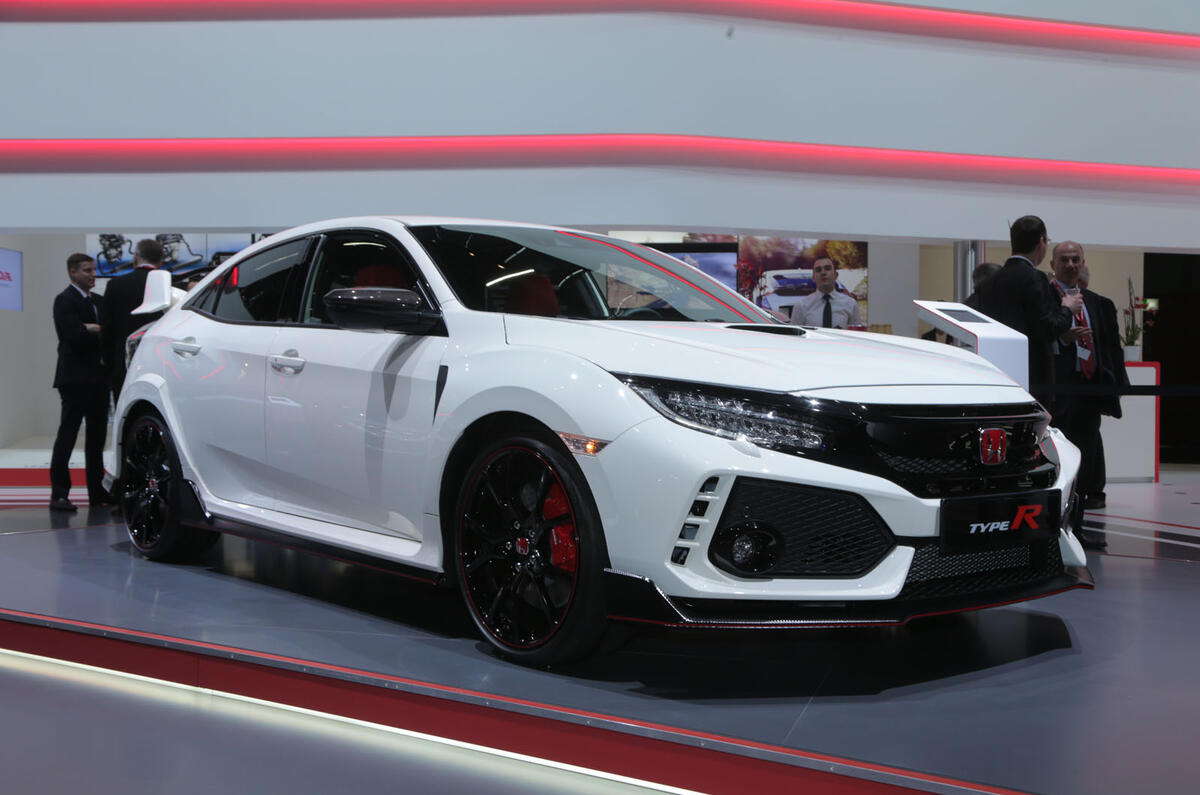
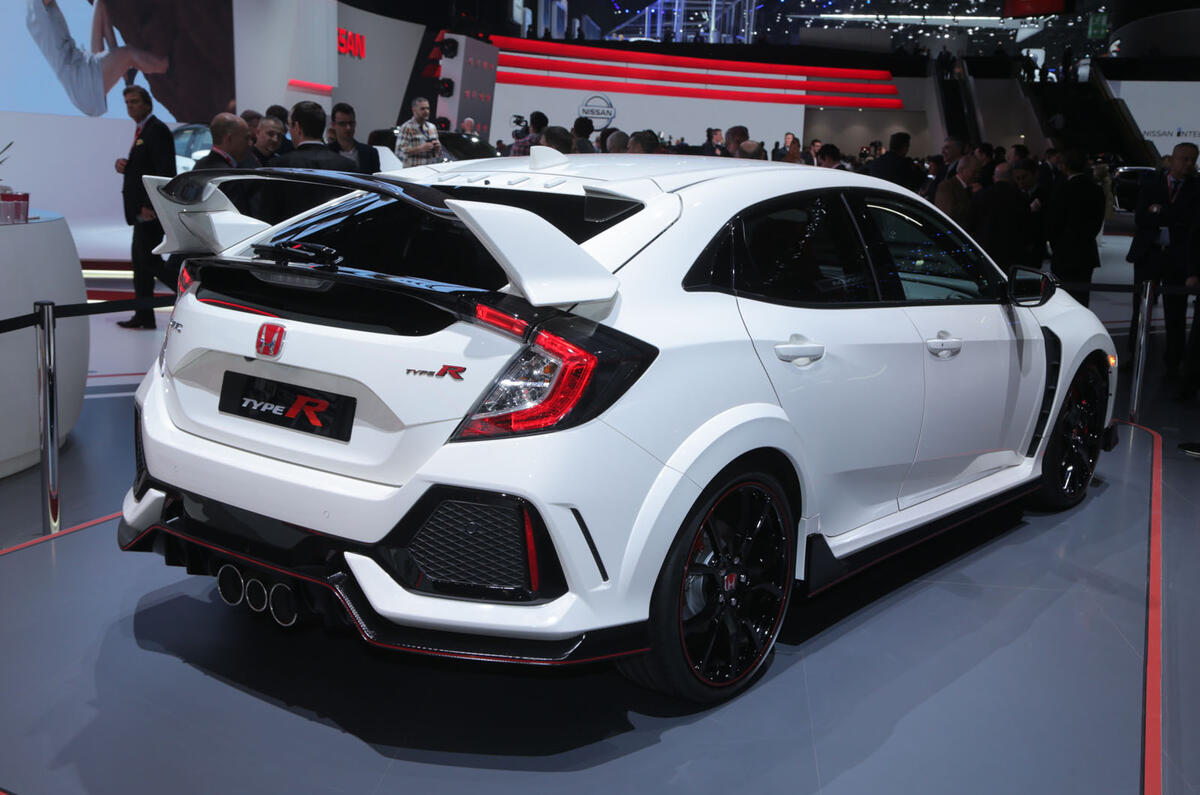
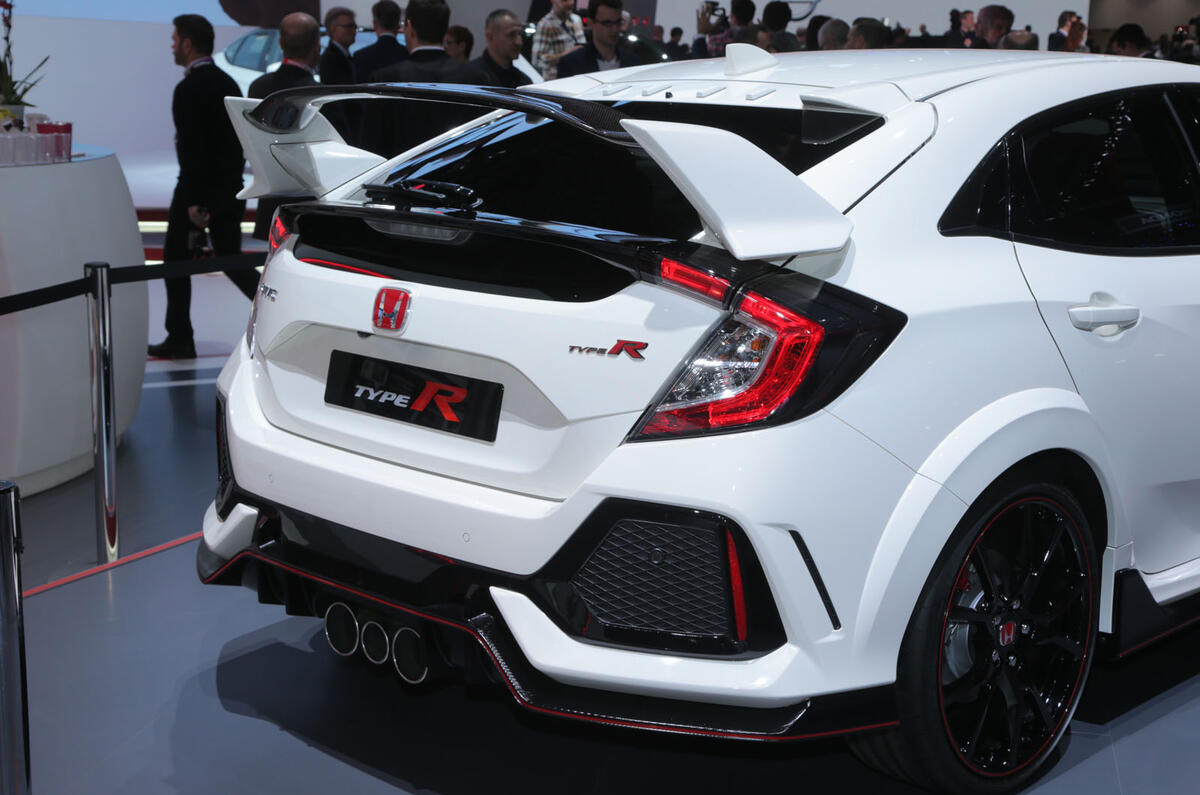
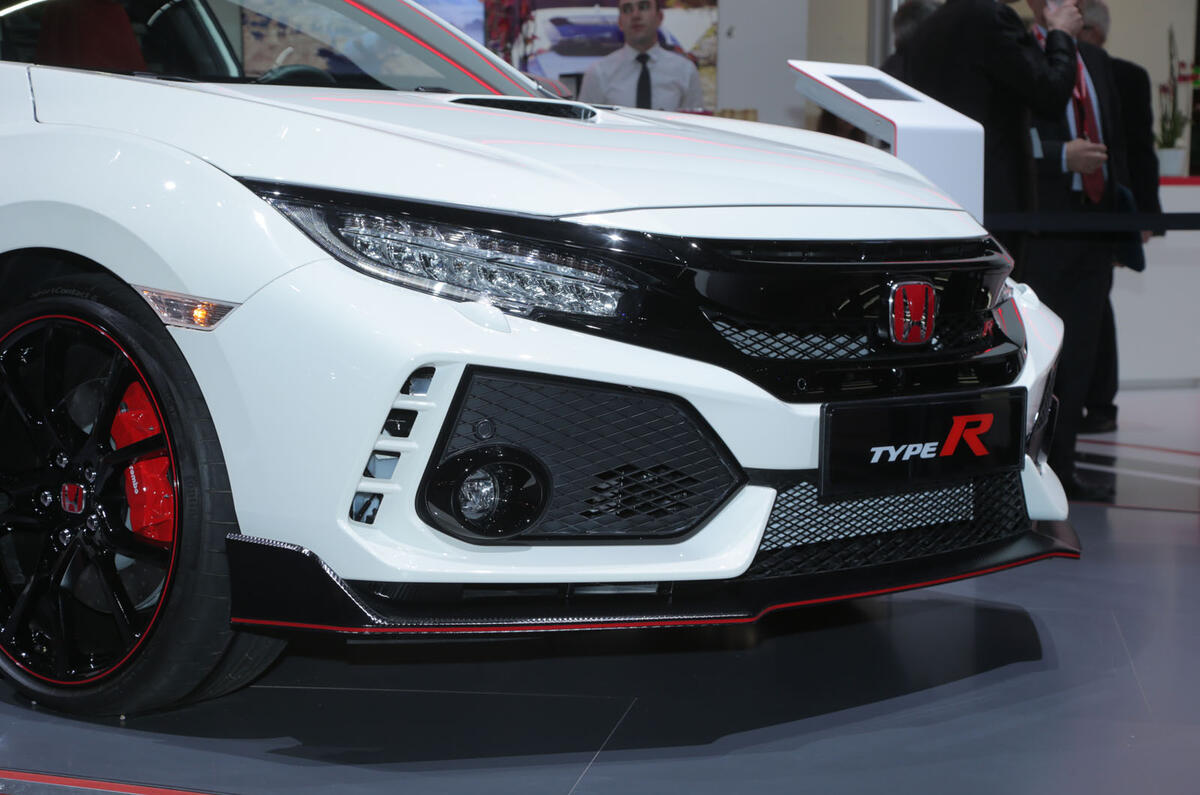
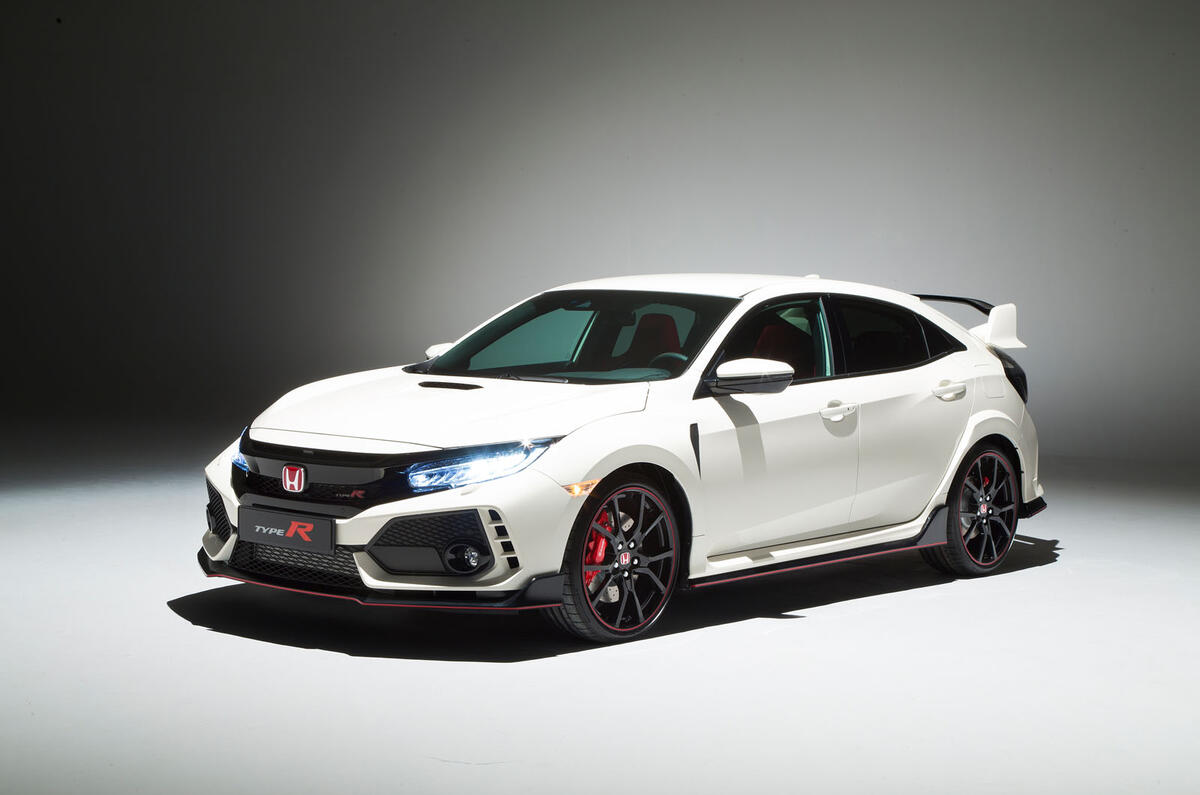
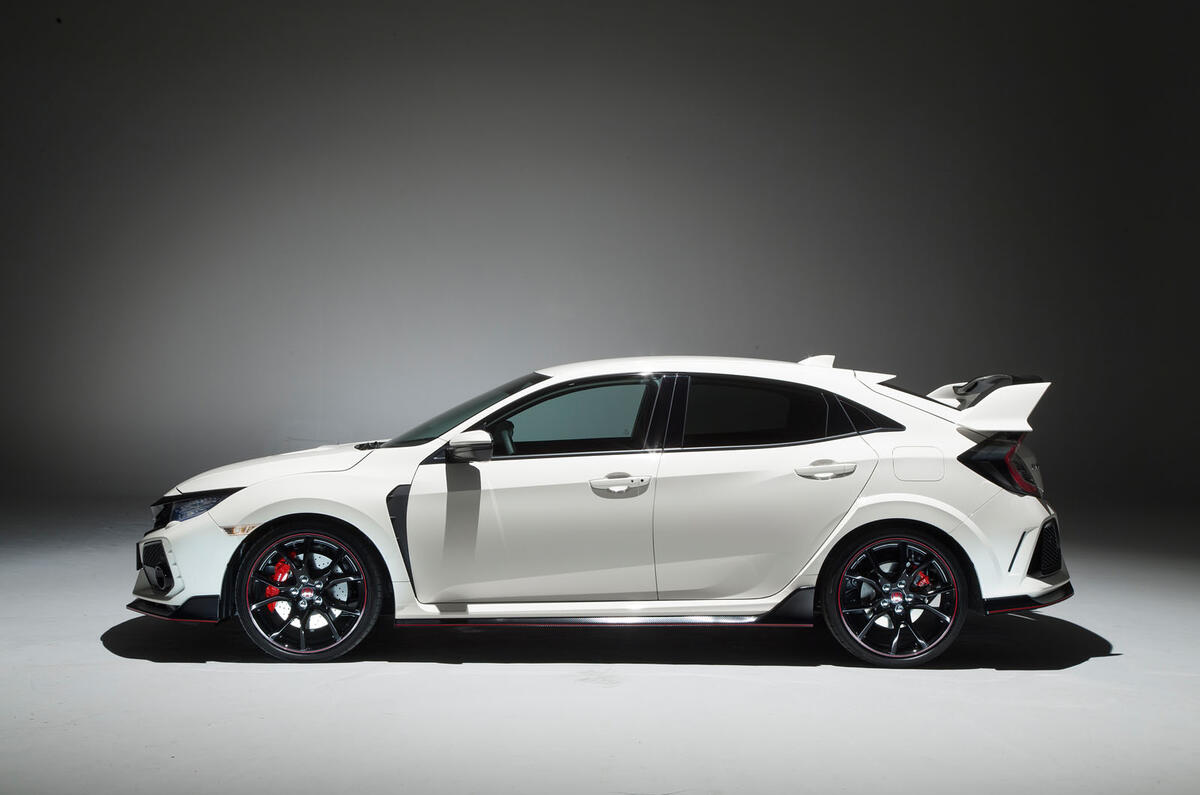
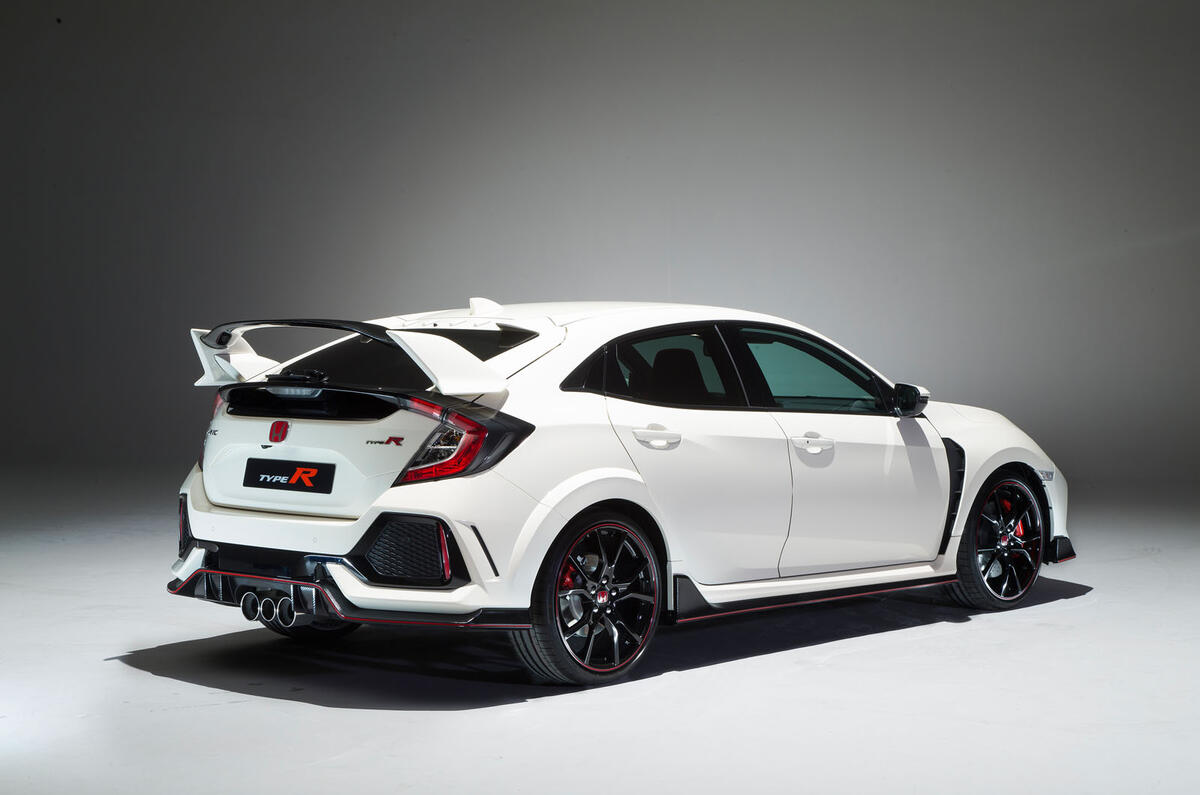

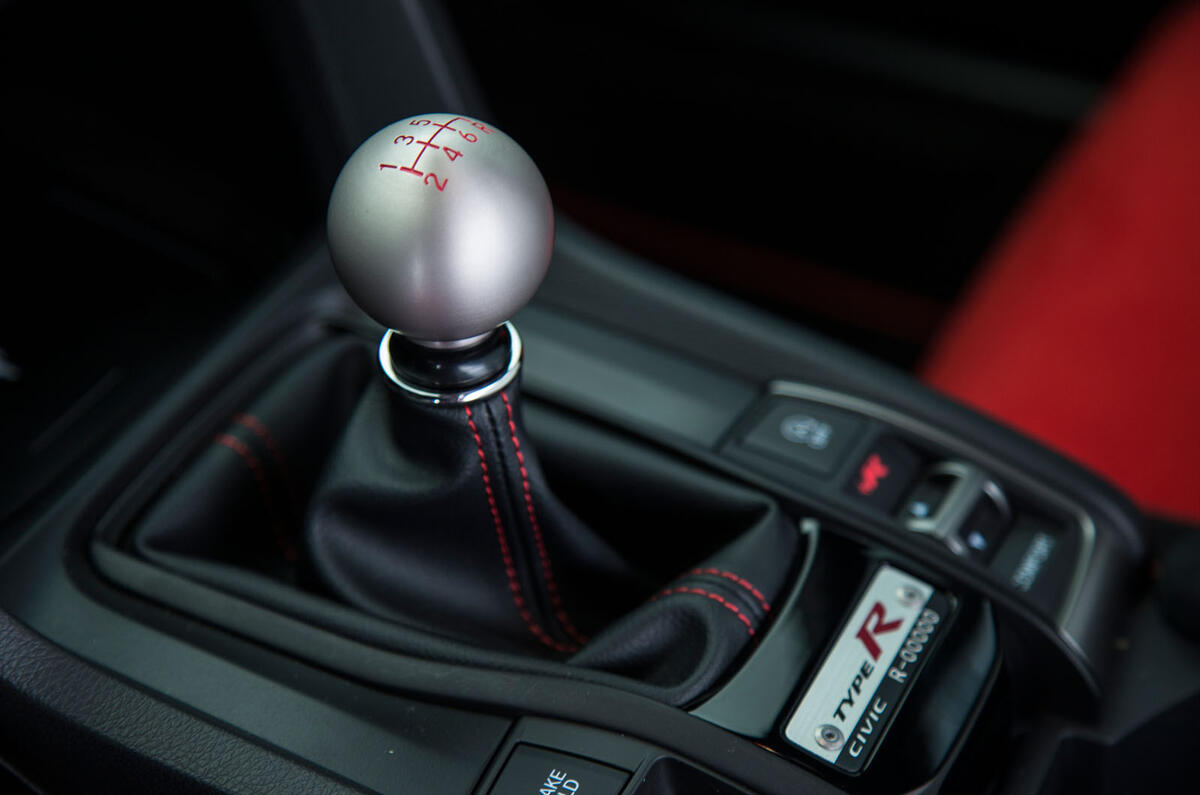
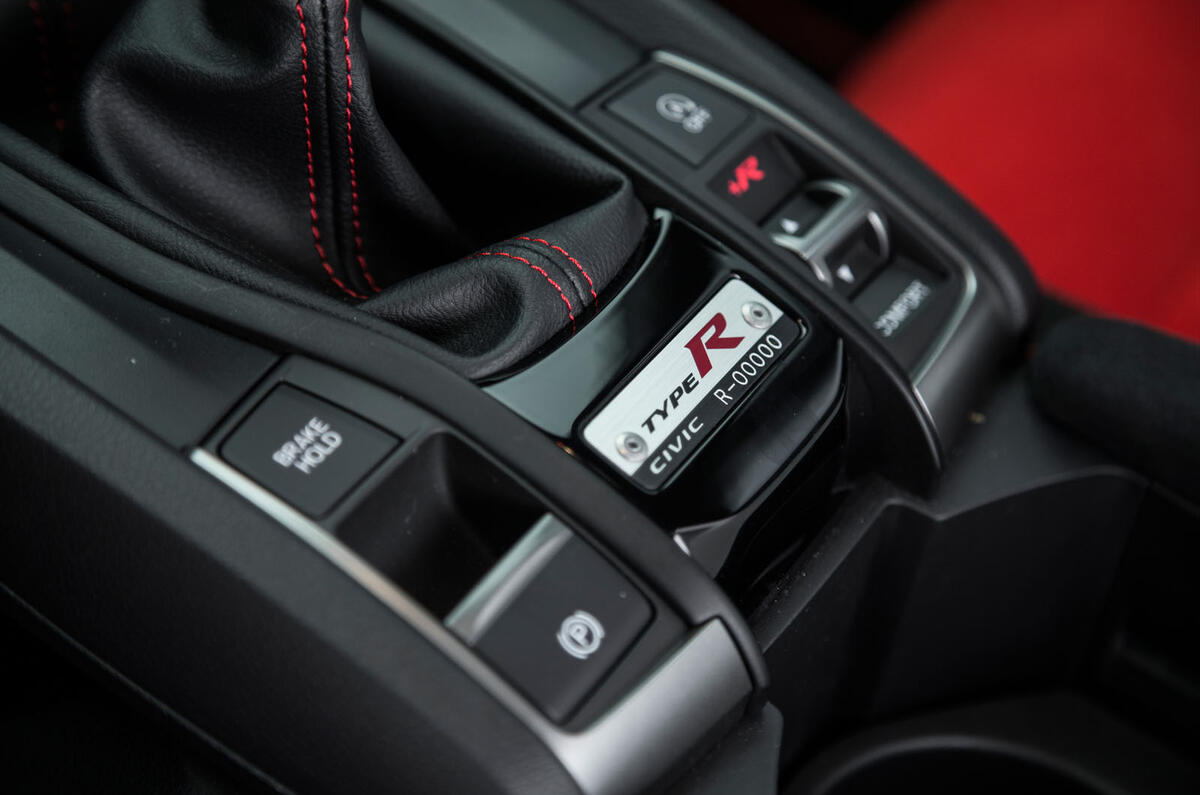
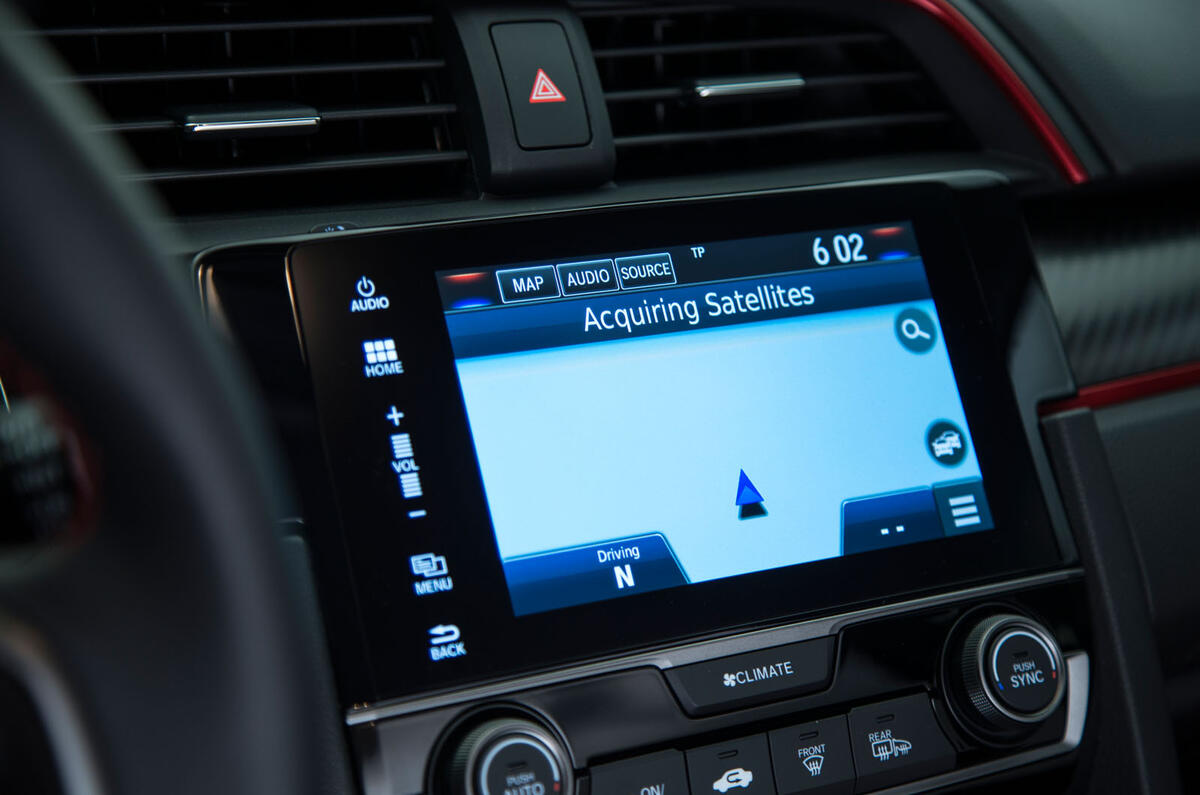
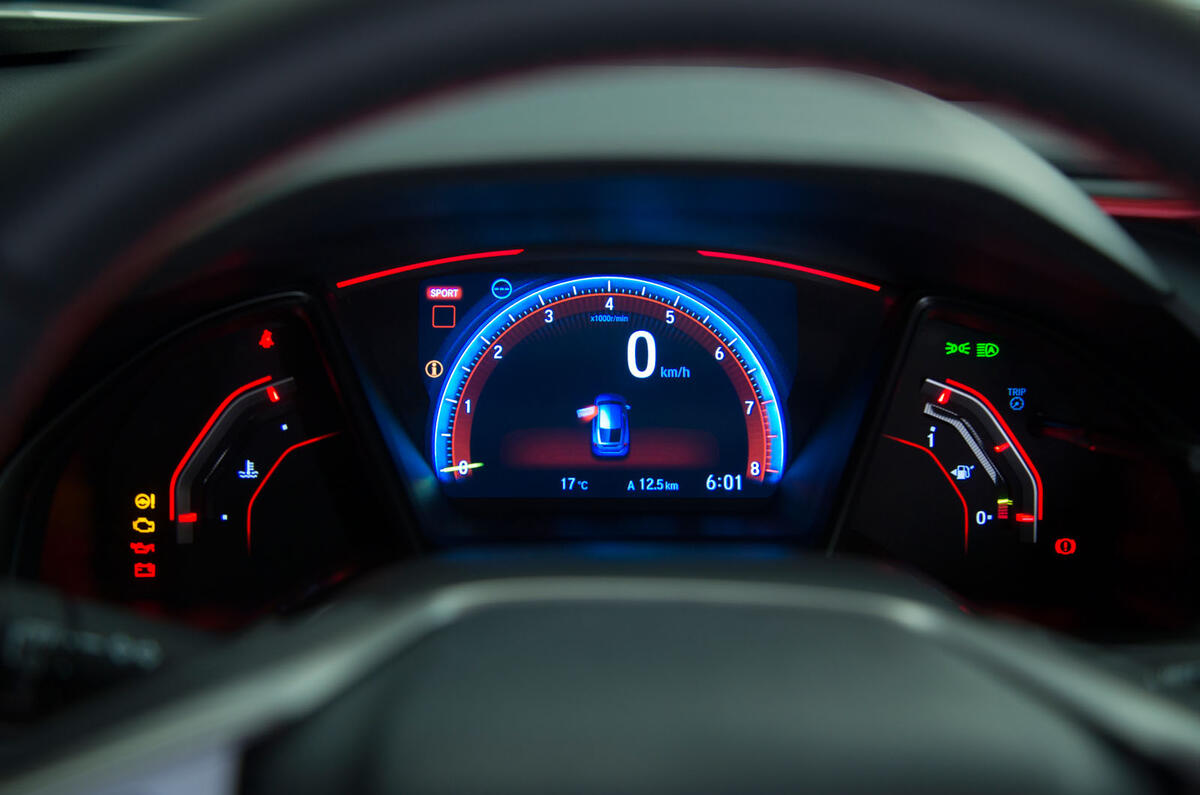
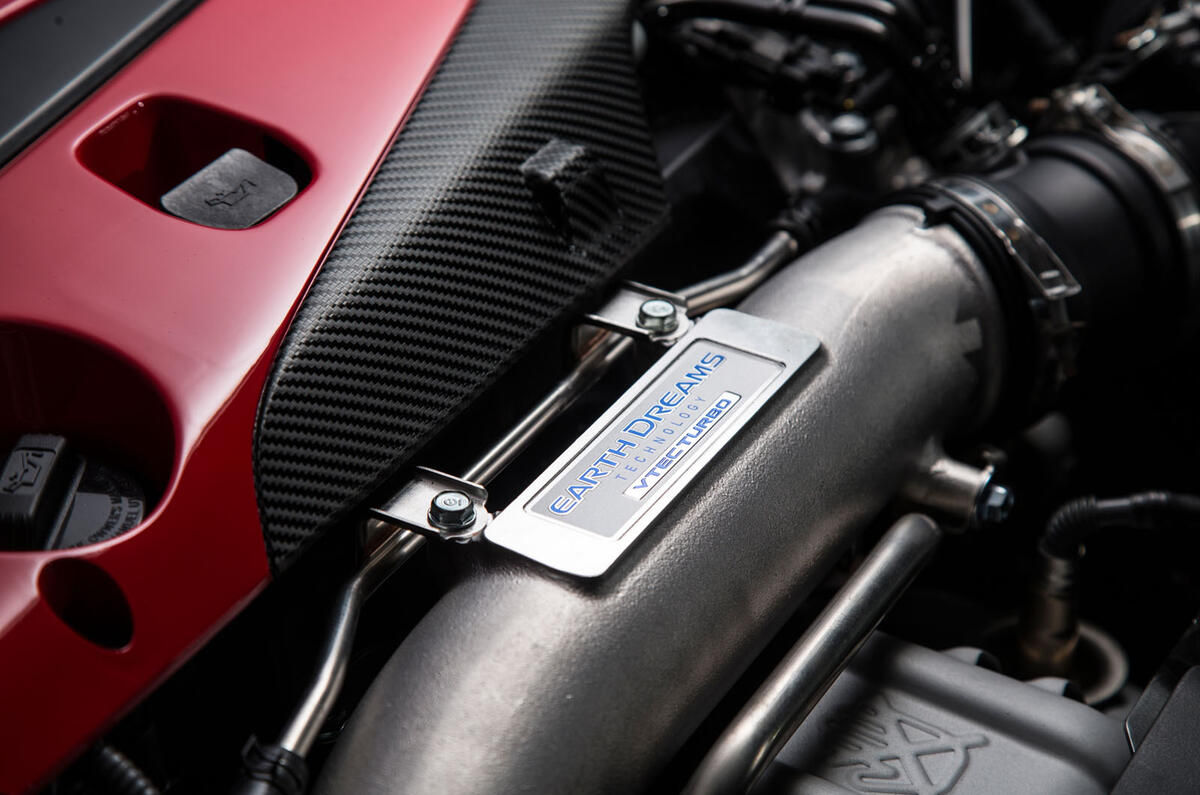

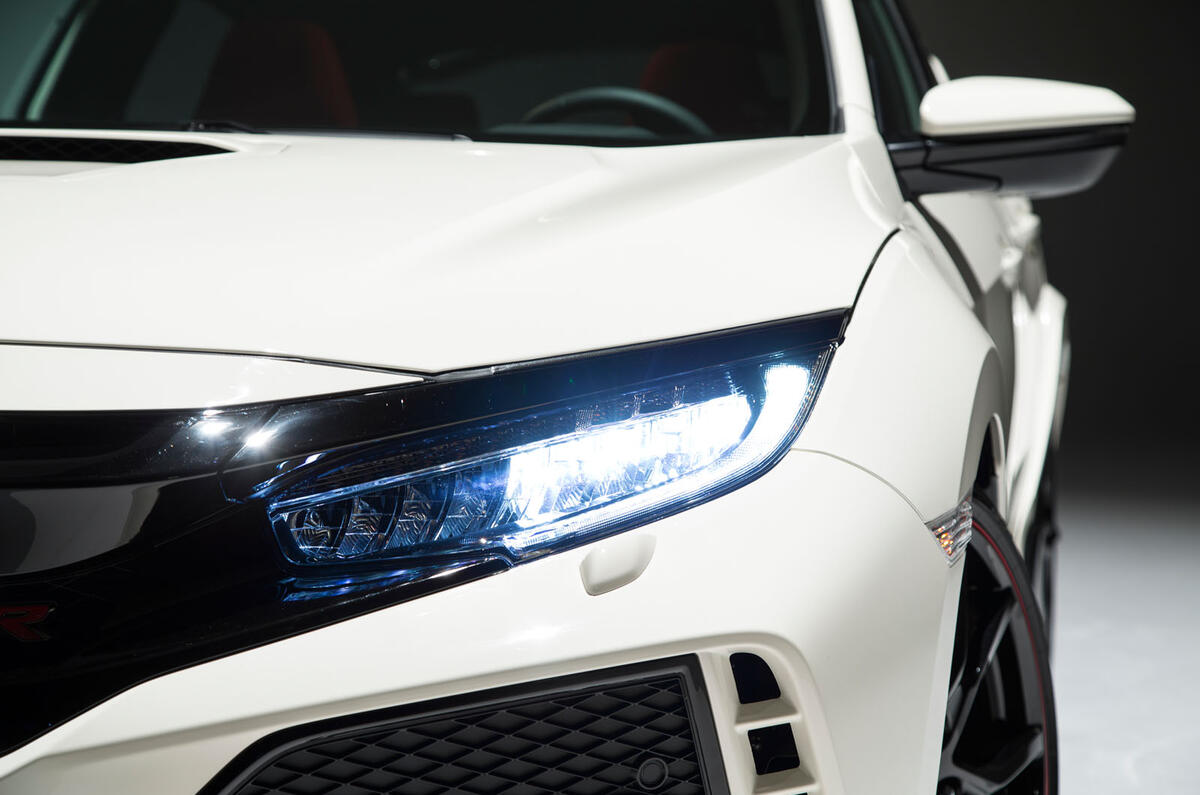
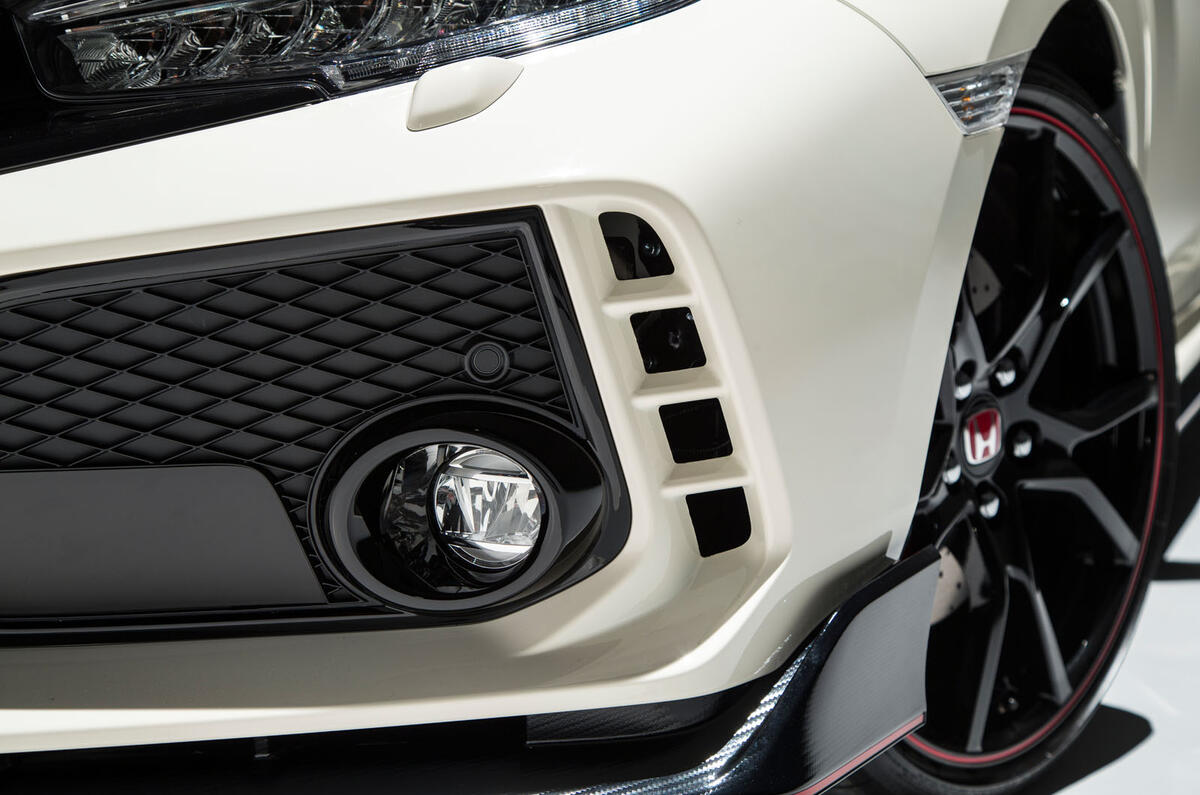
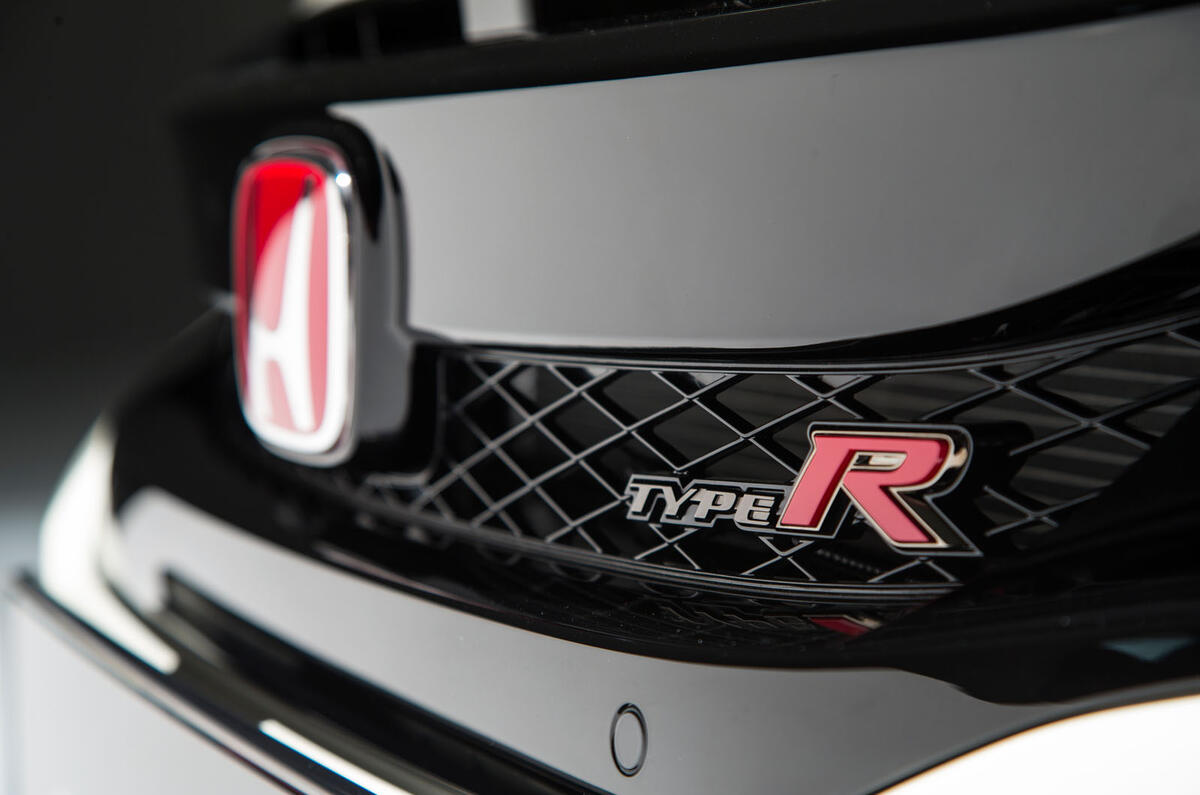
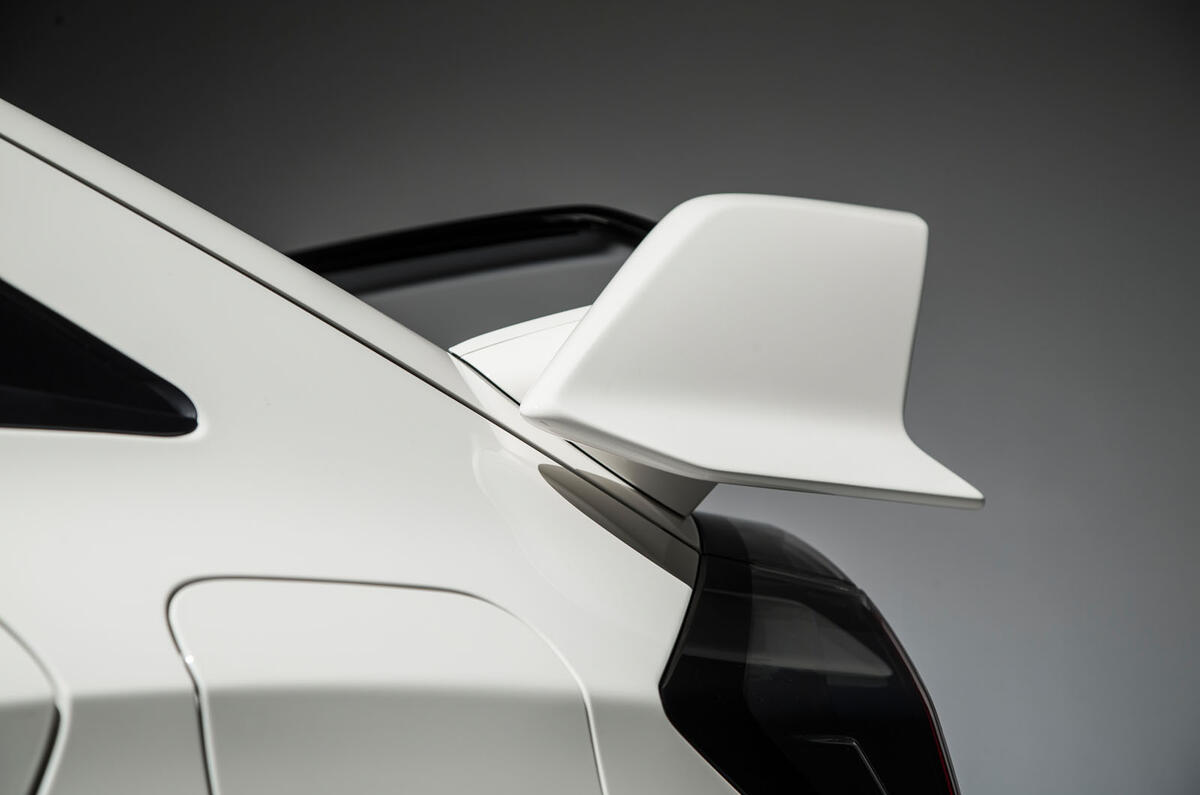

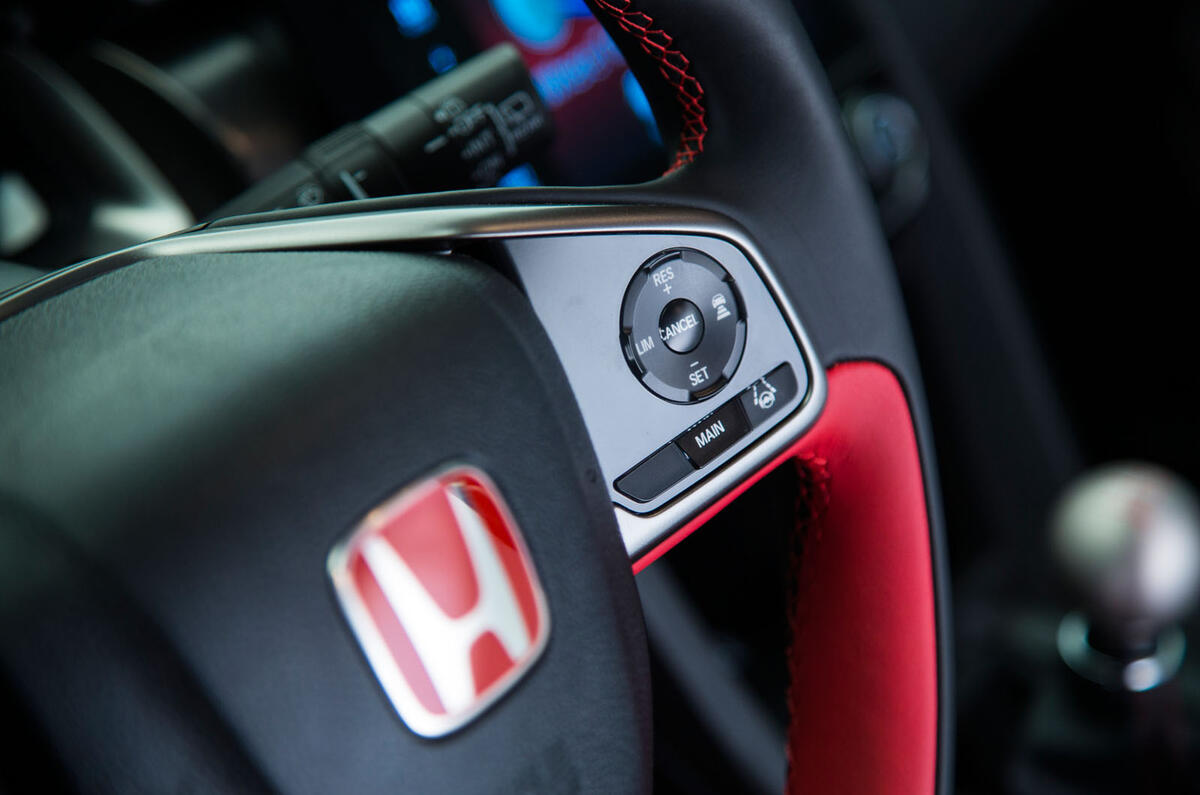
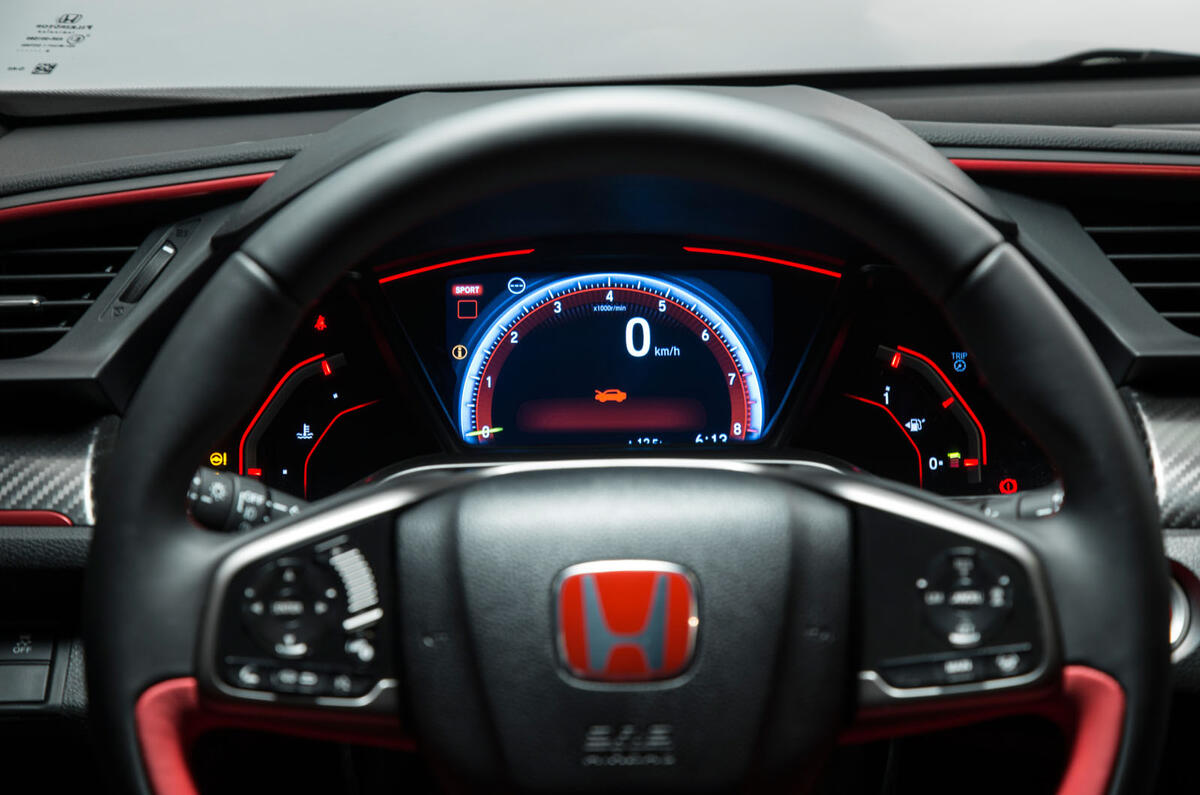
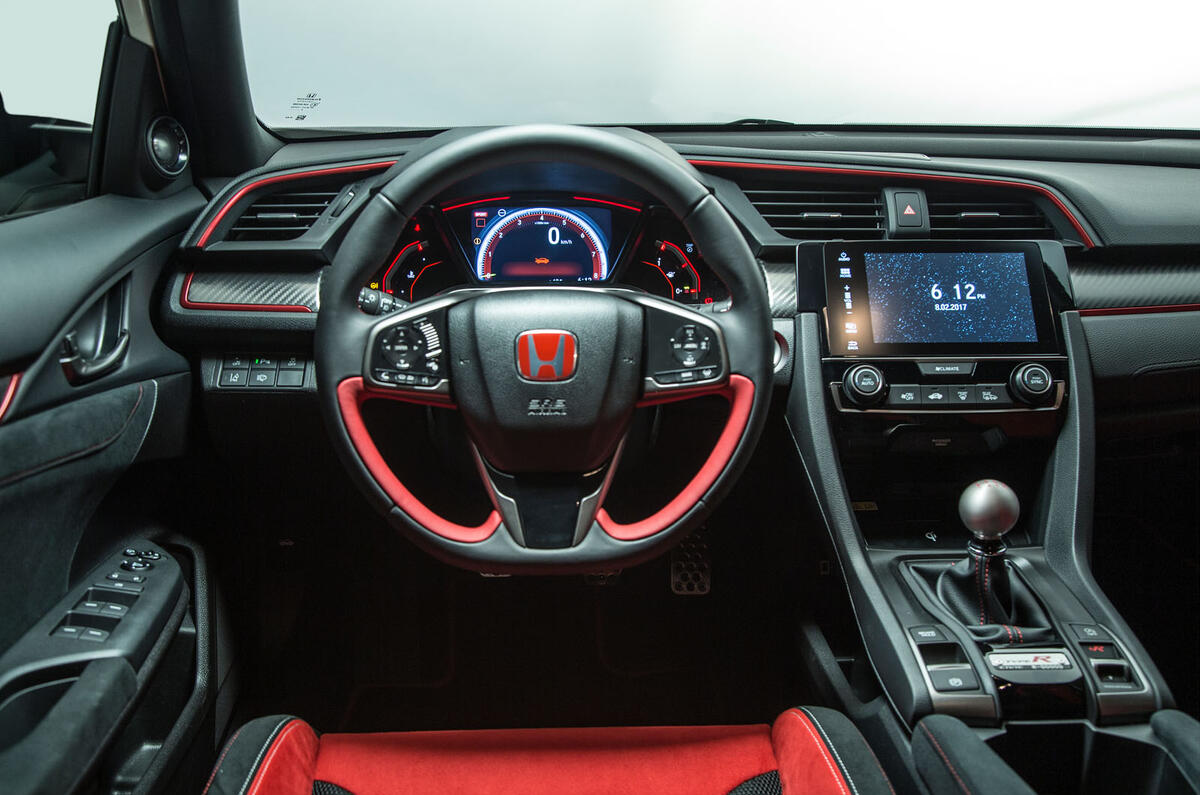

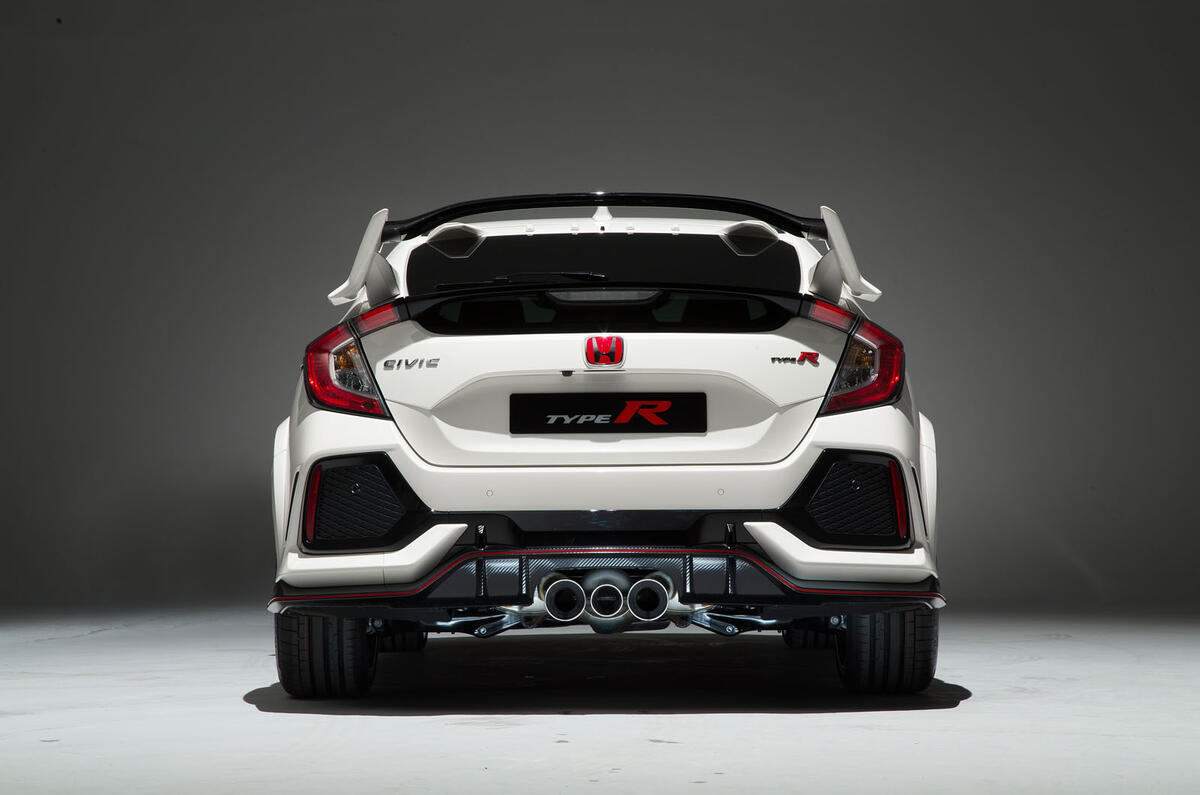


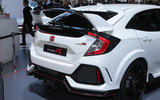


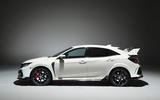
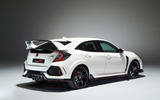
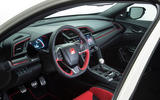
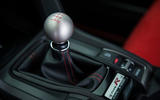
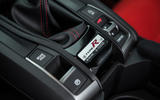





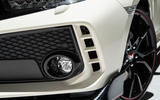

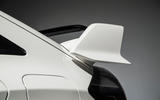
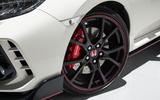



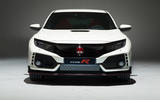
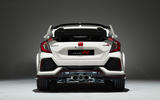



Join the debate
Add your comment
£299 per month
And since fuel consumption and CO2 are directly related to each other, the same percentage figures MUST apply to both ie a 10% reduction in fuel consumed would yield a 10% reduction in CO2. So one of Honda's figures is wrong!
As someone who likes 'modern'
Weird logic
Honda has some wierd logic here; the fuel economy has dropped by 2 mpg and CO2 emissions are up by 6 g/km and they still claim that the new car is a whopping 20 % more efficient (old model did 38.7 mpg and emitted 170 g/km). Bull shit, it's clearly LESS efficient!
Rachel, stop believing all the BS the car manufacturers feed you and start thinking on your own. If a random reader like me can spot the BS, so should you. You're a professional car journalist, for Crist's sake.
One way to explain the discrepancy
WLTP vs. NEDC
It could be also that Honda had to remove their "cheat devices" because the testers know how to look for them now..
Finally a request to Autocar: during this transition period, could you please disclose to which test cycle the fuel consumption and emission figures you report are based on.